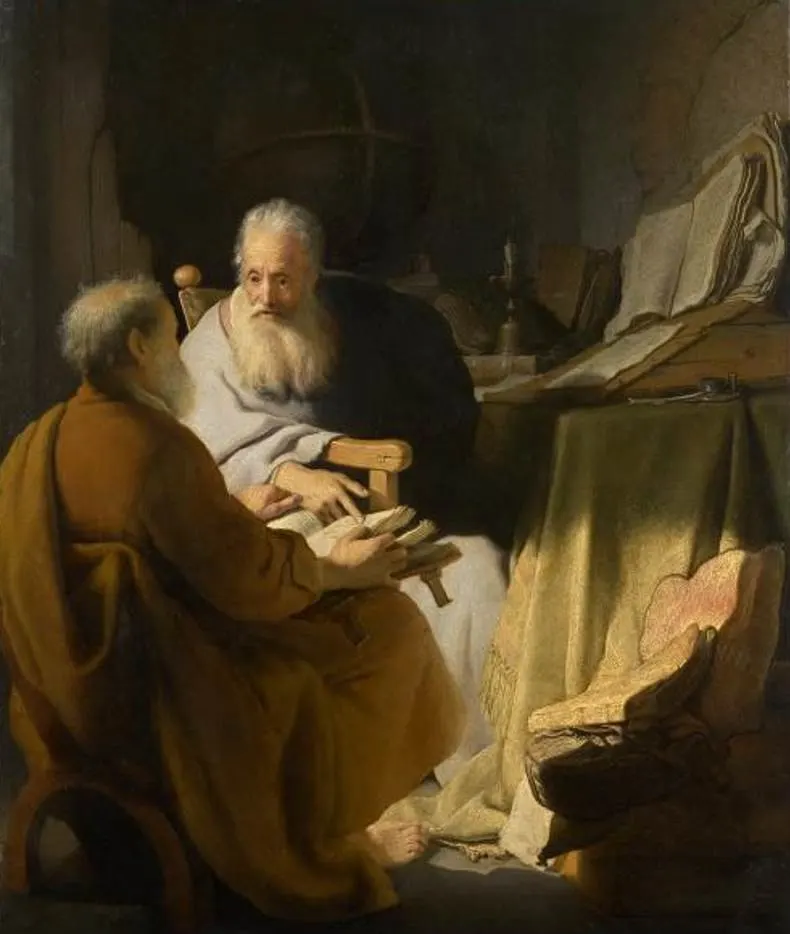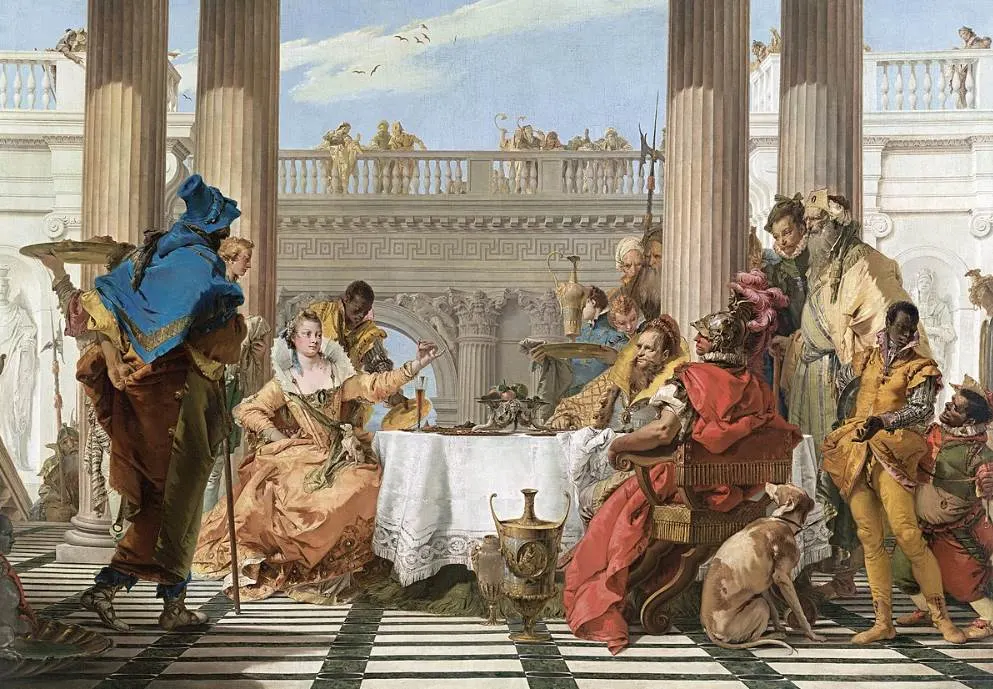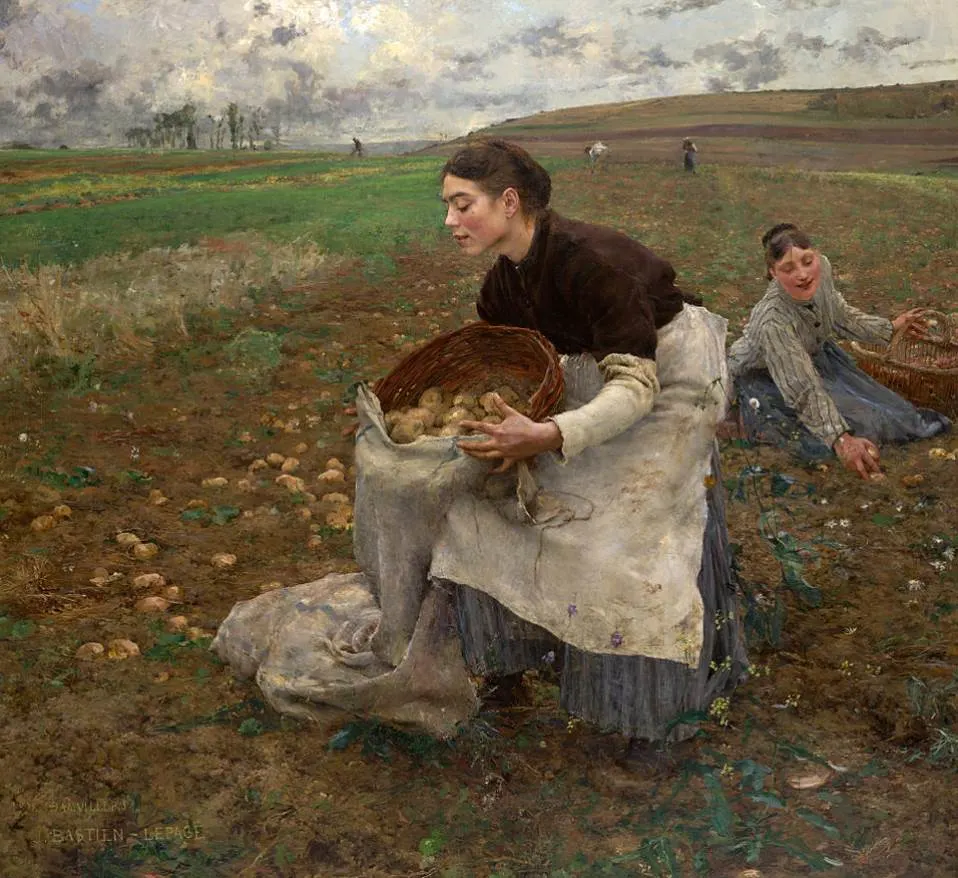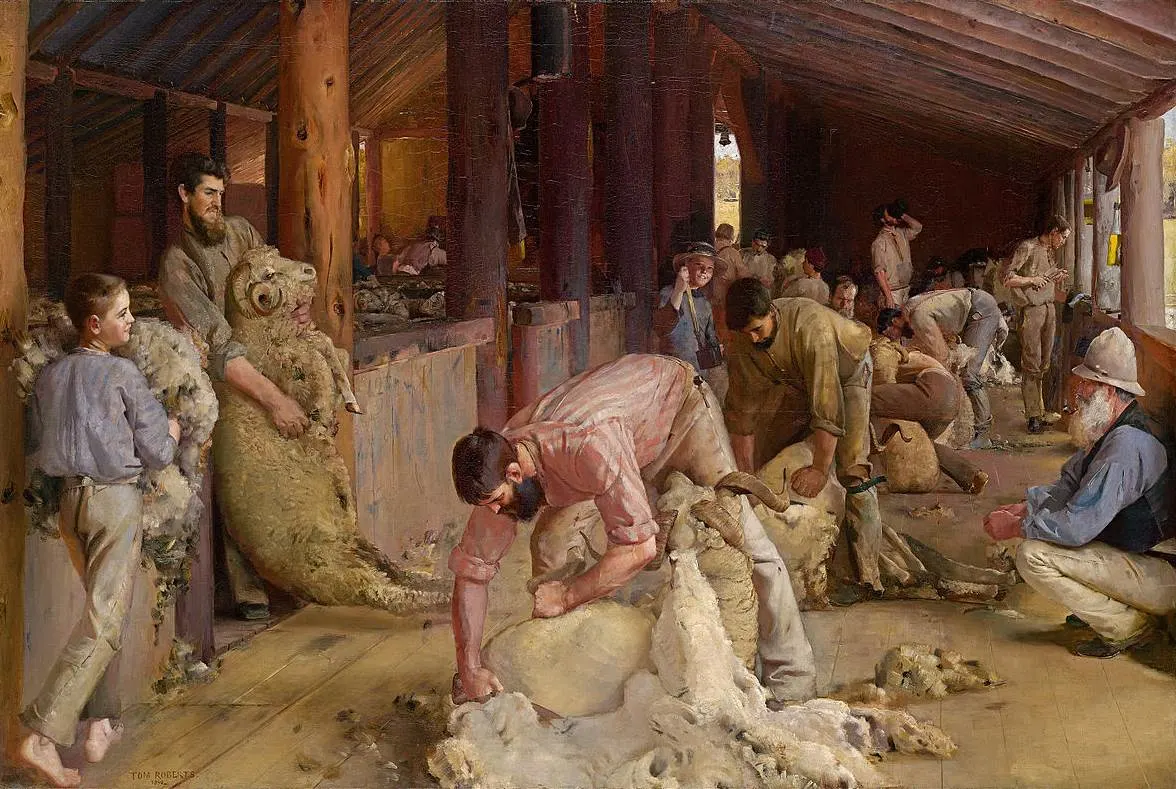The oldest art museum Down Under isn’t the National Gallery of Australia in Canberra, but an amazing museum in Melbourne, Victoria.
The National Gallery of Victoria was founded in 1861. This was right in the middle of the Victoria Gold Rush and just a decade after the state became an independent colony in 1851.
Melbourne was booming so an art gallery was established on the first floor of what is now known as the State Library of Victoria.
It wasn’t until the year 1968 that a new building in Melbourne was constructed to house the museum’s vast collection of artworks.
This bluestone-clad modern building is situated in the Melbourne Arts Precinct of Southbank, just west of King’s Domain, a huge public park in the heart of the city.
The museum features two departments, NGV international in the main building, and the Ian Potter Centre just to the north which houses the Australian collection.
The museum is visited by well over 3 million people every year, and in this article, you’ll discover some of the most famous paintings at the National Gallery of Victoria.
1. Ince Hall Madonna – After Jan van Eyck
- Date created: the 15th century
- Dimensions: 26.5 × 19.5 centimeters (10.4 × 7.7 inches)
The Ince Hall Madonna is the title given to a painting that was created by an unknown artist in the second half of the 15th century. It’s a copy of a painting by Jan van Eyck, the leading figure of the Flemish Primitives in the early 15tn century, and was probably completed by one of his followers.
What’s fascinating is that the original painting, titled “Virgin and Child Reading” and completed by Jan van Eyck in 1433, is now lost. The painting was named after the location it hung after being considered lost for quite some time called Ince Blundell Hall near Liverpool. We can see the typical detailed style of Early Netherlandish painters in this remarkable work of art.

2. Two Old Men Disputing – Rembrandt van Rijn
- Date created: 1628
- Dimensions: 72.4 x 59.7 centimeters (28.5 x 23.5 inches)

Two Old Men Disputing is a remarkable painting by Rembrandt (1606-1669), the Dutch master who is often named one of the most brilliant painters in history. He completed this work when he was still in his early twenties so it was a prelude to the amazing career ahead of him.
Rembrandt van Rijn was still living in his native city of Leiden when he completed this work. The subject matter has been debated extensively and they are often considered to be philosophers, probably Hippocrates and Democritus. Another theory suggests that they are Jesus’ Apostles Peter and Paul.

3. The Crossing of the Red Sea – Nicolas Poussin
- Date created: 1633-1634
- Dimensions: 155.6 × 215.3 centimeters (61.3 × 84.8 inches)
The Crossing of the Red Sea is a painting by Nicolas Poussin (1594-1665), the French artist who spent most of his career living and working in Rome. The painting depicts the popular story of the Israelites crossing the Red Sea as it was told in Chapter 14 of the Book of Exodus.
The painter was commissioned by the cousin of Poussin’s main patron in Rome. It was part of a double commission because Poussin completed a work titled “The Adoration of the Golden Calf” shortly after this. The pair isn’t together anymore because the latter is part of the collection of the National Gallery in London.

4. The Banquet of Cleopatra – Giovanni Battista Tiepolo
- Date created: 1744
- Dimensions: 250.3 x 357 centimeters (98.5 × 140.6 inches)
The Banquet of Cleopatra is an enormous painting by Italian artist Giovanni Battista Tiepolo (1696-1770). He was one of the leading Venetian artists of the Rococo era and he produced three versions of the subject of Cleopatra at a banquet. The painting at the National Gallery of Victoria was the first in the series.
The architectural details in combination with a lavish banquet were nothing new in Venice. Paolo Veronese (1528-1588) produced several monumental paintings featuring these elements in the 16th century such as The Wedding at Cana (1563) and The Feast in the House of Levi (1573). The theatrical depiction of the main figures who look almost cartoonish in Tiepolo’s work differentiates both styles.

5. Anguish – August Friedrich Schenck
- Date created: 1878
- Dimensions: 151 × 251.2 centimeters (59 × 98.9 inches)
Anguish is the title of a painting by August Friedrich Schenck (1828-1901), a Danish-born artist who mostly produced landscape paintings. This remarkable work of art depicts a mother sheep standing over her dead lamb while being surrounded by a large number of crows.
It was one of the first paintings that the National Gallery of Victoria acquired shortly after the museum was established. It has also been one of the most popular ones, not just by art critics. Visitors of the museums voted twice as the number one painting at the NGV in 1906 and 2011.

6. The Purple Noon’s Transparent Might – Arthur Streeton
- Date created: 1896
- Dimensions: 123 × 123 centimeters (48.4 × 48.4 inches)
The Purple Noon’s Transparent Might is a painting by Australian artist Arthur Streeton (1867-1943). He was a leading figure in the Heidelberg School, an art movement in Australia also known as Australian Impressionism. As you surely expected, this group was inspired by the Impressionists in France in the 19th century.
This landscape depicts the Hawkesbury River in New South Wales. The mountains in the background have been identified as the Blue Mountains, a mountain range that borders the Sydney Metropolitan Area. The title of the painting was inspired by a poem written by Percy Bysshe Shelley named “Stanzas Written in Dejection, near Naples.”

7. October – Jules Bastien-Lepage
- Date created: 1878
- Dimensions: 180.7 x 196 centimeters (71.14 x 77.16 inches)
October is the title of a painting by French artist Jules Bastien-Lepage (1848-1884), a leading artist of the naturalism movement. This was mainly an extension of the Realism movement which emerged in the mid-19th century and often focused on depicting common people doing labor.
This work is also known as “Picking Potatoes” or “The Potato Gatherers” and this is pretty much what we can see here. The area in which this scene takes place is near the native village of the artist called Damvillers. This rural town is situated in the Grand Est Region in the northeastern part of France. The painting became part of the collection of the NGV in 1928.

8. Shearing the Rams – Tom Roberts
- Date created: 1890
- Dimensions: 122.4 × 183.3 centimeters (48.2 × 72.2 inches)
Shearing the Rams is one of the most iconic paintings by Tom Roberts (1856-1931), another member of the Heidelberg School. It was produced just 5 years after he had returned to Australia from an extended visit to Europe between 1881 and 1885. There he mastered the art of painting “en Plein Air” or “Outdoors.”
This work depicts a group of sheep shearers in a shearing shed. It’s considered to be one of the ultimate celebrations of rural life and has become one of the best-known and most popular paintings in Australia. Just like all other Australian paintings in this list, it’s on display at the Ian Potter Centre in Federation Square in Melbourne.

9. Vétheuil – Claude Monet
- Date created: 1879
- Dimensions: 60 x 81 centimeters (23.2 x 31.88 inches)
Vétheuil is one of the many wonderful paintings by Claude Monet (1840-1926), The French artist who is considered to be the founding father of Impressionism. This idyllic painting depicts the town of Vétheuil where Monet lived at the time, a small village just northeast of Paris.
What’s remarkable about this work is that it was painted from across the river. There was no bridge connecting the town with the Lavacourt on the opposite bank of the Seine River and a ferry service was the only way to get across. Monet probably painted this work from a boat he had purchased to serve as his studio. He depicted this “Studio Boat” in some of his paintings as well.

10. The Pioneer – Frederick McCubbin
- Date created: 1904
- Dimensions: 225 × 295.7 centimeters (88.6 × 116.4 inches)
The Pioneer is a painting by Australian Impressionist Frederick McCubbin (1855-1917), a man who produced some of the most famous Australian paintings in history. This remarkable work of art is a triptych which means that it consists of three separate panels, each depicting part of the story of a so-called “free selector” in Australia.
Free selectors were people who chose and acquired a certain plot of land to start a farming business. The left panel is believed to depict the discussion between the man and wife about selecting the land. The central panel depicts the woman holding a baby and a small cottage, and the right panel depicts a man near a grave. The exact meaning of the central and right panels remains unclear until today.

